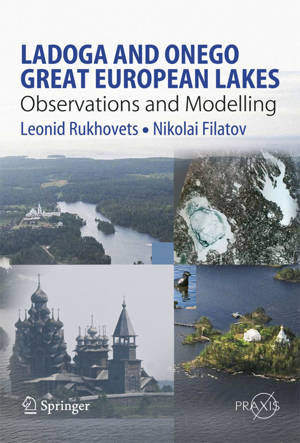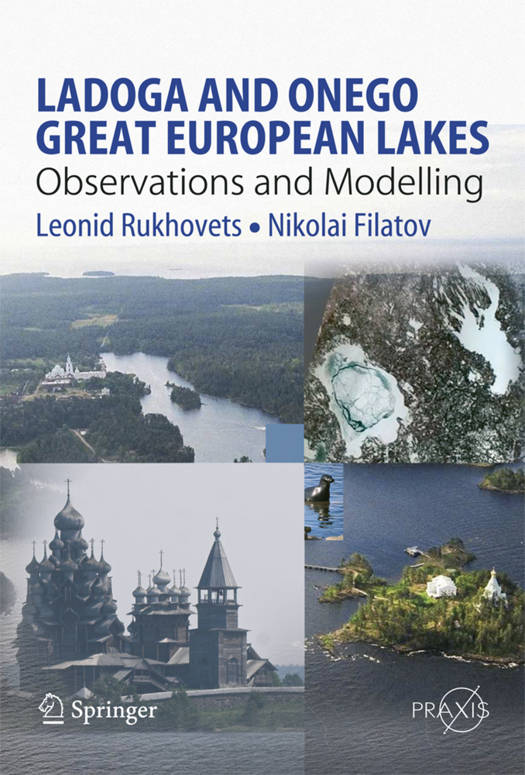
- Retrait gratuit dans votre magasin Club
- 7.000.000 titres dans notre catalogue
- Payer en toute sécurité
- Toujours un magasin près de chez vous
- Retrait gratuit dans votre magasin Club
- 7.000.0000 titres dans notre catalogue
- Payer en toute sécurité
- Toujours un magasin près de chez vous
Ladoga and Onego - Great European Lakes
Observations and Modelling
Leonid Rukhovets, Nikolai FilatovDescription
Lakes Ladoga and Onego are the greatest lakes in Europe. With a surface area of 17891 km2 and a volume of 902 km3, the former is one of the top fifteen world's freshwater lakes and is only slightly smaller than Lake Ontario. Lake Onego's surface area is 9600 km2 and it has a volume of 292 km3. The watershed of Lake Ladoga (258000 km2) extends through Northwestern European Russia and the eastern part of Finland, including the large Lakes Ilmen and Saimaa, and together these Great European Lakes are an important link in the Caspian-Baltic-White Sea waterway system. Their ecological state affects the water quality of the Neva River, the Gulf of Finland and the Baltic Sea. Thus any changes affect the operational use, environmental protection and management of water resources of a wide area and concern such issues as drinking, recreation, transport and energy.
The anthropogenic impact on the Lake Onego ecosystem is mostly determined by the sewage waters of the Petrozavodsk and Kondopoga industrial centres, while the river inflow makes the most impact on Lake Ladoga. Although the anthropogenic stress on the water ecosystems of the Great European Lakes has decreased over the last 15 years, there has been some simultaneous evidence of global warming. There is not enough current data to identify the climate-induced changes in lake ecosystems, but there is proof that the main cause of lacustrine ecosystem changes is determined by anthropogenic factors.
Spécifications
Parties prenantes
- Auteur(s) :
- Editeur:
Contenu
- Nombre de pages :
- 308
- Langue:
- Anglais
- Collection :
Caractéristiques
- EAN:
- 9783540681441
- Date de parution :
- 15-10-09
- Format:
- Livre relié
- Format numérique:
- Genaaid
- Dimensions :
- 175 mm x 246 mm
- Poids :
- 748 g

Les avis
Nous publions uniquement les avis qui respectent les conditions requises. Consultez nos conditions pour les avis.






